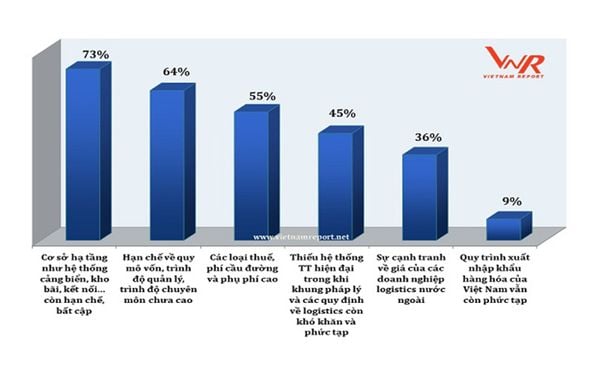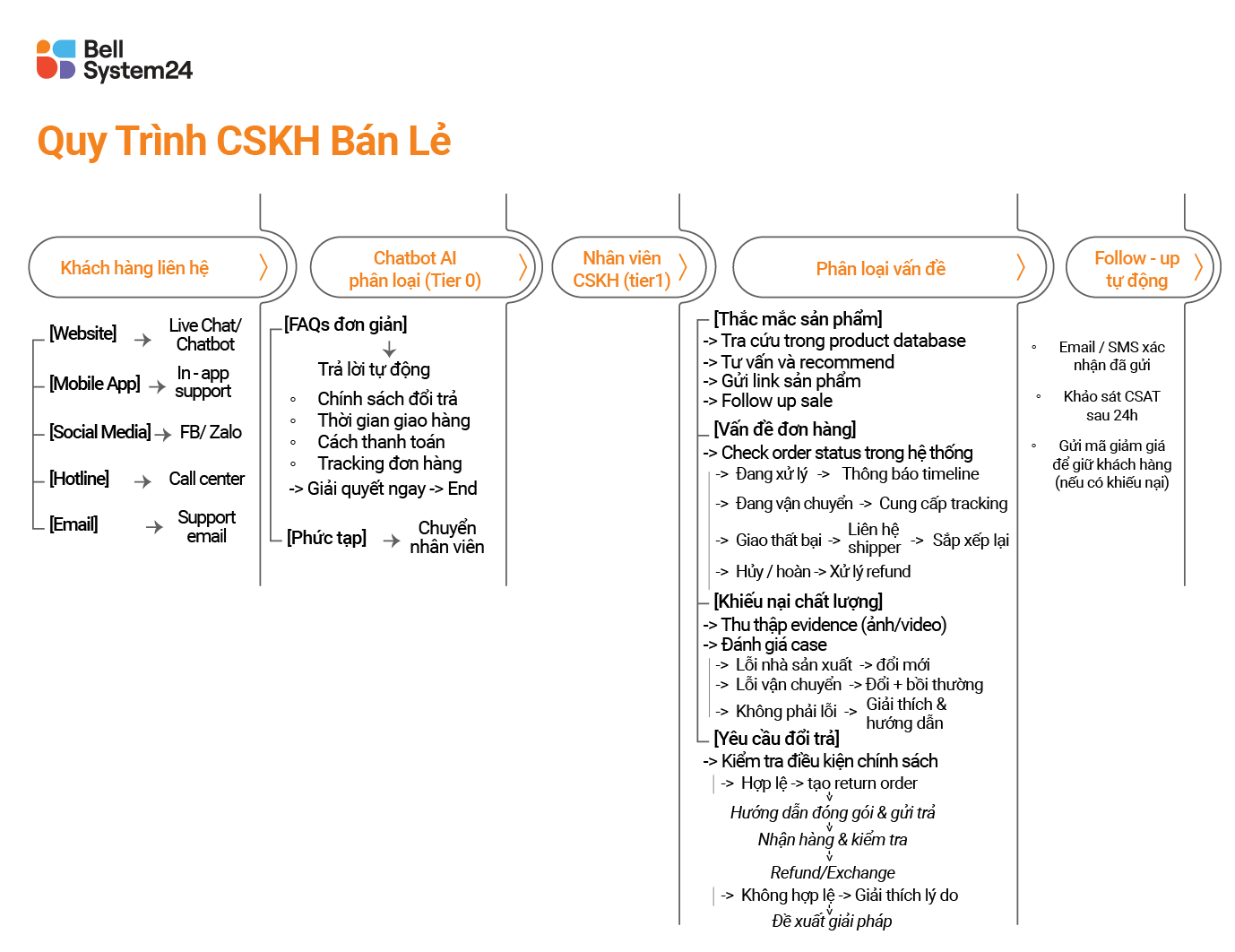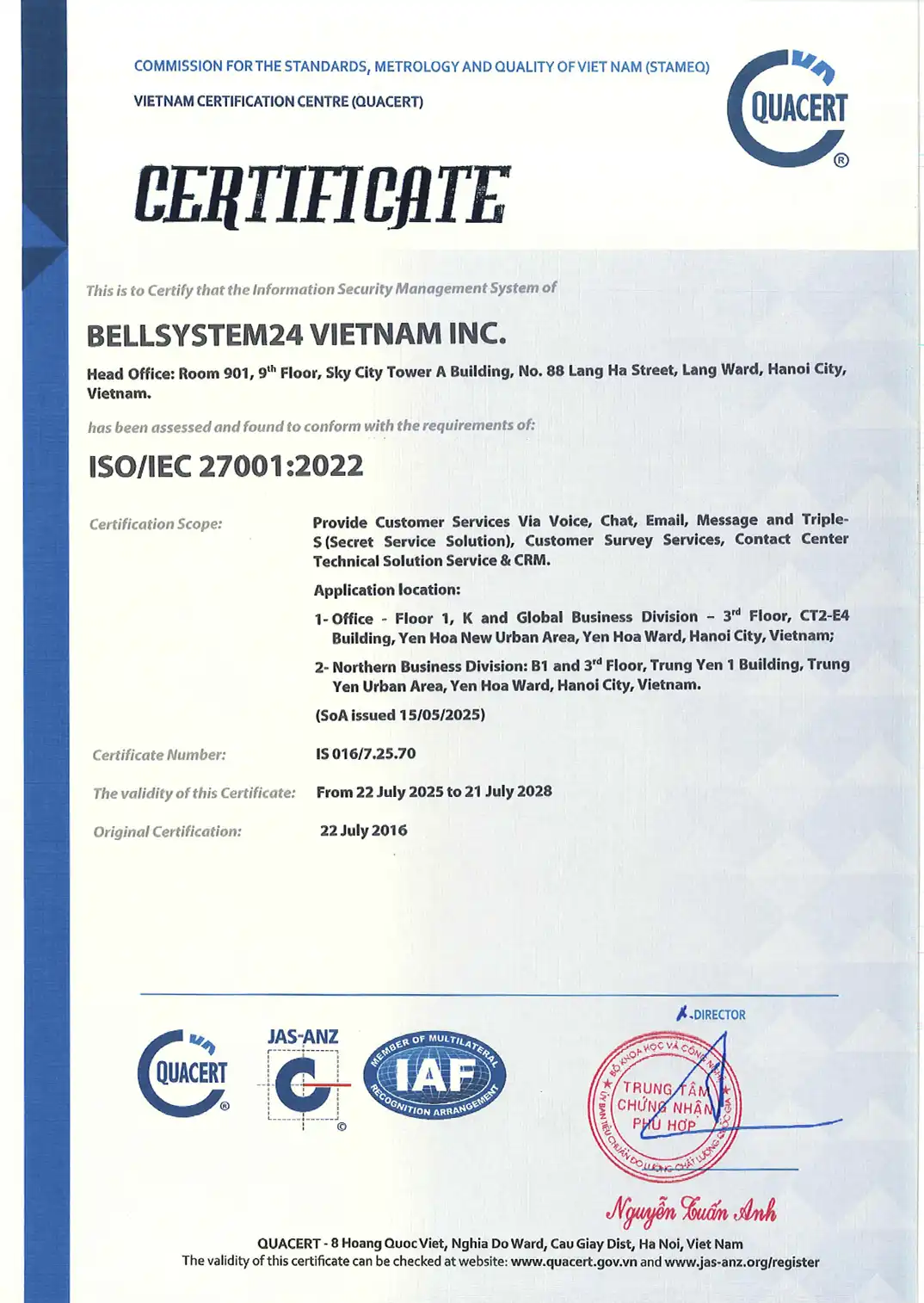Transportation services play an important role in the development of the country's economy, being an important link in the transit of goods, materials and people. According to statistics from Vietnam Report in December 2018, the entire transportation and logistics industry in Vietnam will achieve "Double-digit growth" in 2019, with only nearly 27% predicting a growth rate below 10% and no business predicting "No change" or "Worse than 2018".
However, along with that development, there are still many difficulties that significantly affect the development of transportation service business.

Major challenges that transportation businesses in Vietnam are facing
1. Unequal competition: supply is greater than demand
Mr. Nguyen Huu Vinh, a transport company in Ho Chi Minh City, said: The increase in supply and decrease in demand means that the surplus of means of transport is too large, which will disrupt the planning in transport. The factor of price competition will appear, which will directly affect the quality of service, the professionalism of individual and spontaneous models, although still limited in professionalism, but will more or less affect professional investors.
Therefore, the basic investment enterprises have a large number of vehicles; there needs to be investment in human resources and management to improve the quality of services, and at the same time, research and propose incentive mechanisms in the investment and transportation process. In addition to the efforts of enterprises, there needs to be the support of functional agencies and transport associations in researching and reviewing the transportation needs for each mode. In particular, putting the floor price for freight transport into operation, implementing the construction of a fare framework for each mode of transport and providing criteria to ensure connectivity between modes of transport, avoiding massive investment, movements, etc.
2. Asynchronous fares need to control the load to return the real value
Mr. Patrick Avice, General Director of CICT, shared: We highly appreciate the weight control of Vietnamese authorities, especially the Ministry of Transport. At first, many transport enterprises opposed the weight control. However, CICT fully supports it because it is a good regulation, helping to ensure the circulation of vehicles while participating in traffic while maintaining the quality of roads. The control of vehicle weight will contribute to bringing freight rates back to their real value, at the same time creating conditions for the transport market to develop healthily and not letting enterprises encounter difficulties in transport activities, not affecting social security and the economy, I think the Ministry of Transport has made wise decisions.
However, there are still some barriers to the sea route: The rampant construction of seaports leads to oversupply and directly affects prices. Low prices will give rise to unfair competition issues, which will actually have a negative impact on the Vietnamese economy. Another barrier is that Vietnamese partners do not fulfill their commitments on project funds to support seaports. On this issue, partners should sit down together to review what has been signed in the commitment; with the goal of build together, develop together.
3. Too much cost pressure
According to statistics, every business participating in the transportation industry has to bear many types of costs. Meanwhile, low fares cause businesses to face many difficulties.
For example: For a freight transport business: the average inbound freight vehicle cost is 12 million and outbound freight vehicle cost is 30 million, this is a headache for a transport business. Gasoline costs 21 million, bank interest 3 million, 7 million/2 drivers, 3 million asset depreciation, 5 million bridge and road fees, etc. Thus, the total revenue of 42 million per trip is considered high compared to the general level in the current situation, the cost is up to 39 million, the business is temporarily calculating 3 million/vehicle and an average of 3 trips/month, equivalent to 9 million/month, not including road maintenance fees and vehicle insurance, etc. Meanwhile, investing in a vehicle equivalent to 2 billion VND is too much pressure for a transport business.
In addition, the lack of uniformity in tax and fee policies has caused many difficulties for transport enterprises in the business process: many provisions in the tax calculation roadmap for transport enterprises are not smooth and uniform; fees and road tolls are currently not included in costs or the way of calculating fuel consumption is still inadequate, causing many controversies that cannot be determined as right or wrong.
4. Difficulties in market management
Currently, transportation businesses are under a lot of pressure from market management:
– Often faced with difficulties by market management forces: issuing fines, collecting and holding vehicle registrations and driver's licenses, which greatly affects the time and costs of businesses.
– Regulations on labeling of goods and transport services are not uniform, market management forces always use this issue to make records.
– Heavy administrative penalties but businesses cannot refuse.
Mr. Tran Cong Vien, representative of a transport company in Ho Chi Minh City, said: “As a transport company, we have to endure too much pressure from the market management force (QLTT) along Highway 1, especially in the provinces of Binh Thuan, Ninh Thuan, Da Nang, Quang Tri, Nghe An, Thanh Hoa... We are often made difficult by the market management force, fined, confiscated and kept vehicle registration and driver's licenses, which greatly affects the time and costs of the company.”
5. Limited service quality
The biggest problem for transport businesses is that the quality of service does not meet customer requirements. This is reflected in all aspects such as: lack of good investment in means of transport, untrained human resources: vehicles are still rudimentary, not meeting safety requirements; human resources are limited in many aspects: knowledge, communication skills with customers.
Particularly for customer transportation services, the service and customer care of transportation businesses are still limited: the service attitude of employees, the way of communicating with customers, etc. still lack many skills.

In the fiercely competitive situation of the transportation industry, especially passenger road transport, improving customer service is one of the important factors that determine customer loyalty to the business. The current transportation market not only has domestic enterprises but also foreign enterprises that have professional customer service and regimes, in addition to integrating advanced technology systems such as Omni-ChannelIf a business does not improve, it will quickly be eliminated from the "game".







